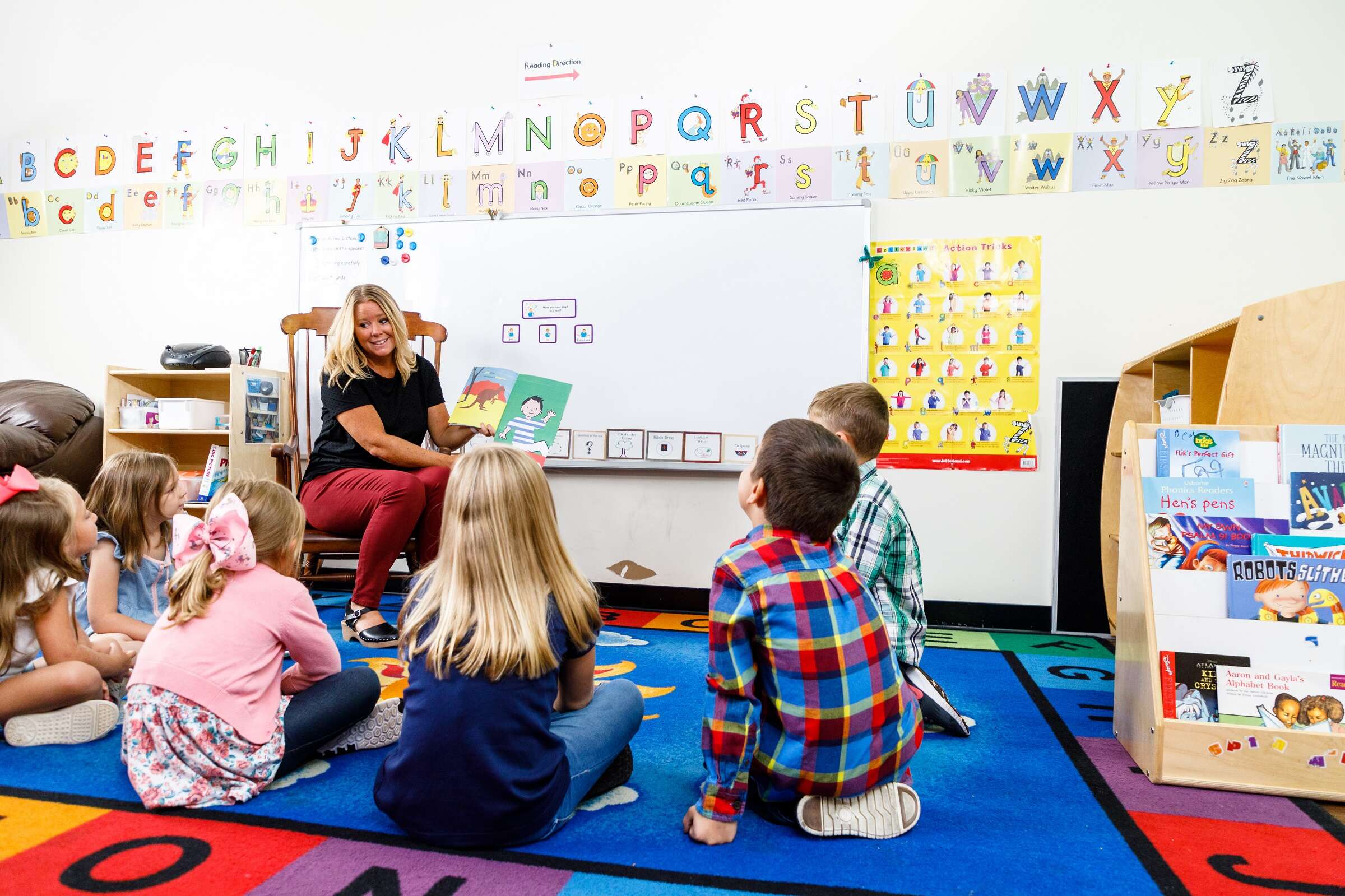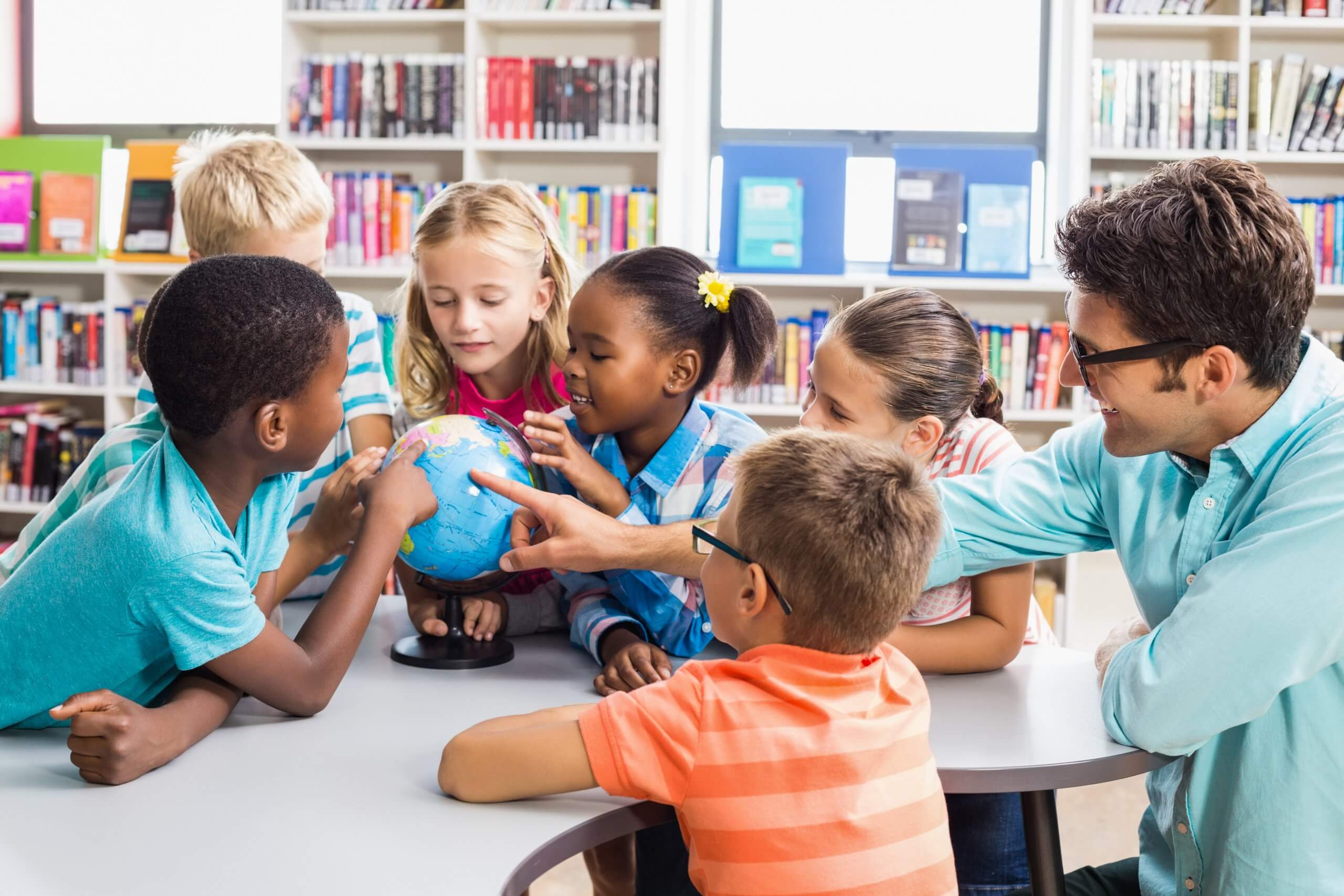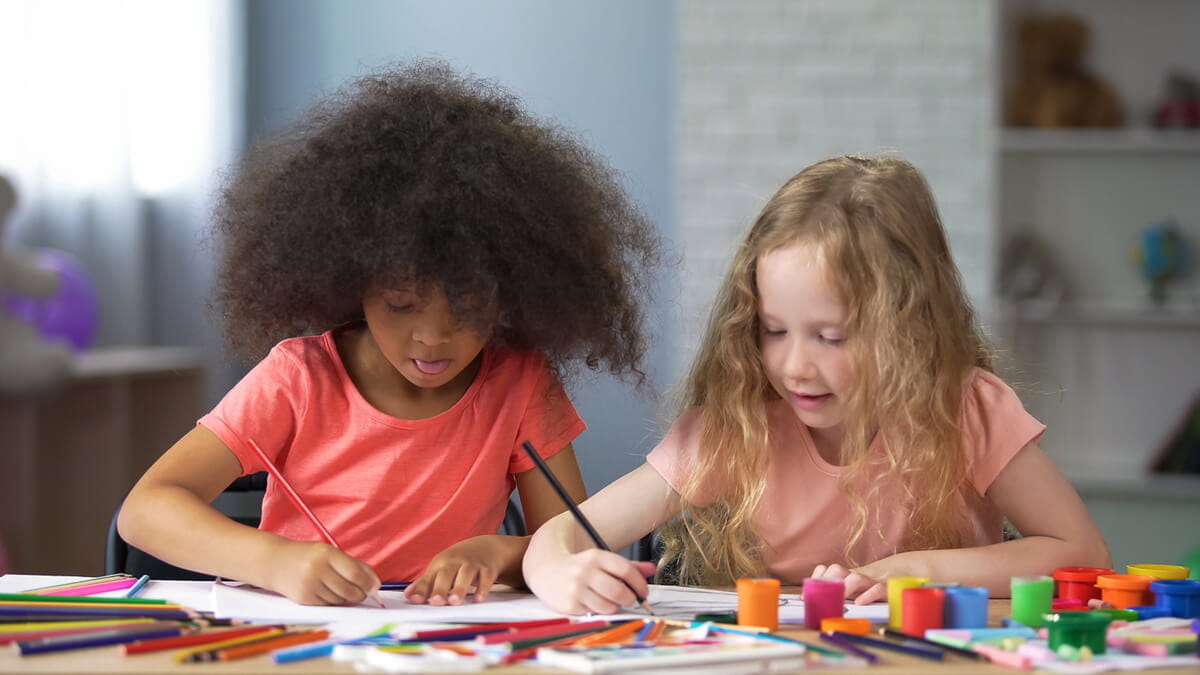Early childhood education is a critical building block in the development of our children’s bright minds and bright futures. Growing bright minds starts early, and we must provide our littlest learners with the best tools, techniques and environment to help them grow and develop their full potential. From stimulating learning models to creative exploration and guidance, there are many ways to foster a vibrant early childhood curriculum and cultivate little thinkers.
Cultivating Little Thinkers
Early childhood education should be a fun, positive and engaging experience for our young learners. By providing an environment that encourages learning, exploration and creativity, we can help our children to start developing their own unique skills and perspectives. To foster a vibrant early childhood curriculum, teachers should introduce a variety of learning activities to engage students in creative problem solving. These activities can be as simple as playing a game or as complex as creating a drawing or writing a story. They should also be adaptable to different learning styles, so that each student can explore their own interests and potential.

By introducing creative outlets such as art, music and drama, teachers can help children to express their feelings, thoughts and ideas in a safe environment. These activities can help to boost a child’s confidence and sense of self-worth, which is essential for developing their critical thinking skills and sense of self-direction.
Nurturing the Next Generation
In addition to providing stimulating learning activities, teachers should also strive to create a safe and nurturing environment for their students. This means providing a space where children feel respected, accepted and supported. Teachers should be available to talk to the students and listen to their needs. They should also be willing to support and guide them as they learn and explore new concepts.
Teachers should be aware of the physical and emotional needs of each student, and be willing to provide assistance when necessary. This could include providing extra support to students who are struggling with a particular subject, or offering resources to help students who are having difficulty with their studies. By providing this type of support and guidance, teachers can help to foster a positive learning environment where students are encouraged to reach their full potential.
Sparking Creative Potential
In order to help students develop their creative potential, teachers should be open to introducing different methods and techniques. For example, they could introduce the use of technology such as computers, iPads and other digital devices to encourage creative problem solving. This could involve programming, coding or creating digital stories.

In addition, teachers should also help students to develop their collaboration skills. This could involve introducing activities that require students to work together to solve a problem or complete a project. By working together, students can learn to develop their communication and problem-solving skills, which are essential for their future success.
Unlocking Bright Futures
Through early childhood education, we can help our children to develop the skills and knowledge they need to succeed in their future. By providing a nurturing environment and encouraging our students to explore their creative potential, we can help them to unlock their bright futures. By cultivating little thinkers and nurturing the next generation, we can help our children reach their full potential and become successful, creative and confident individuals.

Early childhood education is an essential part of our children’s development. By providing a stimulating learning environment and nurturing our students, we can help them to reach their full potential and unlock their bright futures. Through creative exploration, guidance and support, we can help our children to become the thinkers, creators and innovators of tomorrow.



